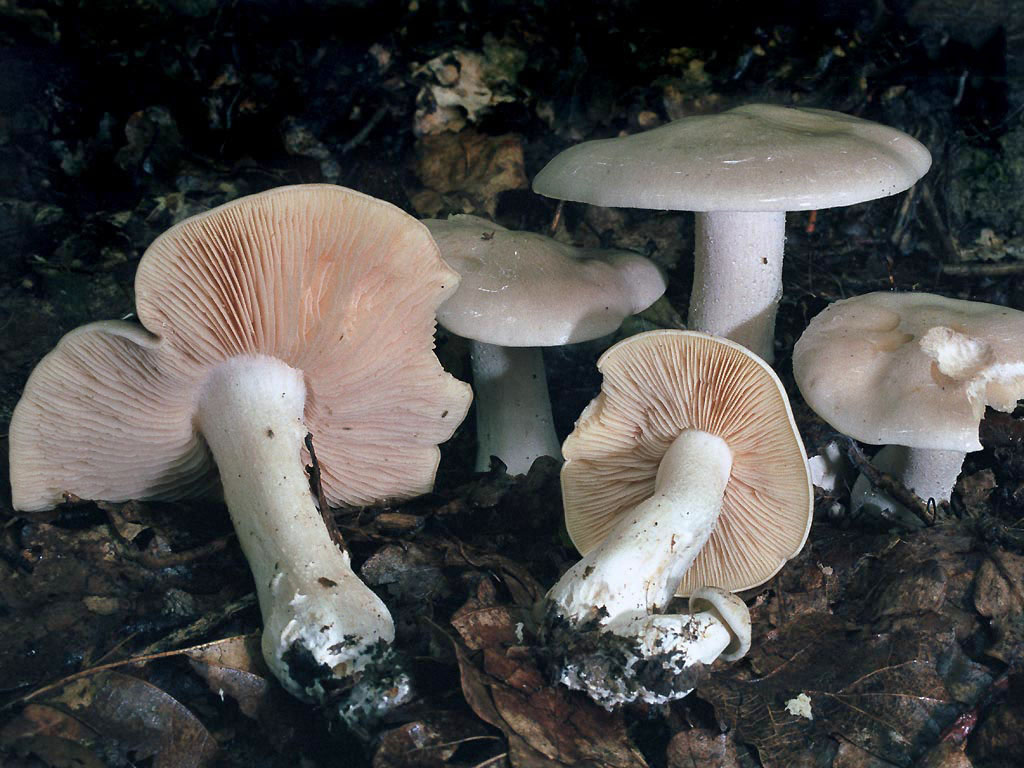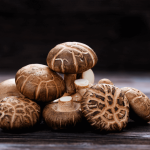Deadly mushrooms you should know
Mushrooms are very a special kind of food but there are some species that are considered as deadly mushrooms. This is because death can result from consuming just a small amounts of the most poisonous mushrooms, especially the ones that belong to the genus Amanita.
However, they are quite easy to recognize since they all have some kind of the characteristics listed below. The following are some of the features of these deadly mushrooms in we discuss:
- Volva: The volva is present as always
- Hymenium: This is formed of white or light-colored lamella
- Annulus: It is always present
Deadly mushrooms always have the characteristics listed above. Therefore, one can avoid mushroom poisoning by avoiding them.
It is important to know that there are many other species of mushroom that are quite edible, and highly valued because of their therapeutic and medicinal benefits even after having annulus, volva and lamella.
Poisonous and deadly mushrooms
The following are the list of deadly mushrooms known:
- Amanita phalloides
- Amanita verna
- Amanita muscaria
- Amanita pantherina
- Paxillus involutus
- Gyromitra esculanta
- Boletus satanas
- Entoloma lividum
Amanita phalloides
This specie of mushroom is also known as death cap, death angel.
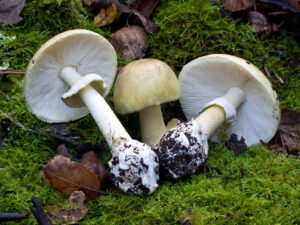
Habitat: Beech, birch or oak forest, they are rarely found among pines or fir. The following are their characteristics:
- Greenish pileus
- White or light-colored lamellae with annulus
- Volva as with other deadly mushrooms
Poisoning: It is the most poisonous of all the mushrooms. Therefore, eating just a portion of this mushroom is enough to cause death. After 8 to 12 hours of consuming it, the first symptom appears.
Amanita verna
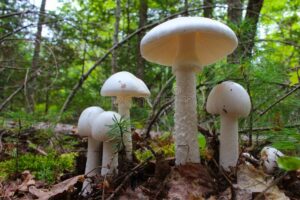
Habitat: This mushroom can be found in broadleaf forests and also in coniferous forests, however, less frequently. They also grow in spring.
The following are some of their characteristics
- Firstly, the pileus is hemispherical, but later flattened.
- Whitish to yellowish in color
- The lamellae are white, annulus and volva
Poisoning: It is as deadly as amanita phalloides. The first symptom appears 8 to 12 hours after eating it. However, it is somewhat a slow phalloidin type.
Amanita muscaria
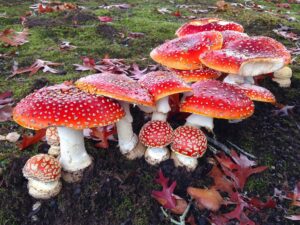
It is also called fly agaric.
Habitat: Can be found in coniferous forests (fir, pine etc) and also in broadleaf forests (chestnut, birch, beech, etc).
Characteristics:
- They are bright red or orange pileus with white scales. When there are no presence of scales, it can be confused with Caesar’s mushroom (Amanita caesarea).
- They have white lamellae, annulus and volva
Poisoning: Precocious onset poisoning. They have mild neurological and digestive symptoms which appear 2 – 3 hours after consumption. However, the effect is usually fatal, unlike the two mentioned above.
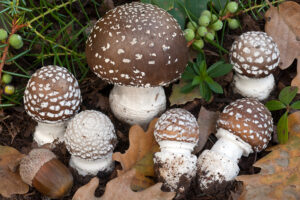
Amanita pantherina
Also called panther mushroom
Habitat: They can be found in all types of forests. They have the following characteristic.
- Brown pileus with whitish scales that may be removed by rain.
- It has annulus and volva
- White flesh.
- Pleasant odor, reminiscent of radish
Poisoning: Precocious onset poisoning (i.e. the first symptoms appear a few hours after consumption. Its poisoning is similar to Amanita muscaria, however, more serious. They are not usually fatal.
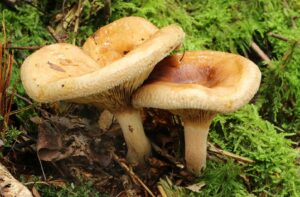
Paxillus involutus
Habitat: This is one of the deadly mushrooms that can be found in all types of forests, near tress.
Characteristically, they are brown or yellow pileus and lamellae with the edge turned under. However, they do not have annulus or volva.
Poisoning: Some books list this type of mushroom as edible, but in predisposed individuals, they have been shown to produce a serious type of hemolytic anemia.
Gyromitra esculanta
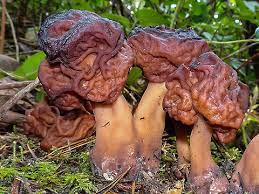
They can be found in conifer forests, they grow in spring. In time past, this mushroom is considered edible. However, it toxicity has a cumulative effect.
In essence, each time it is consumed, the more dangerous it becomes. As it is, it can produce poisoning and even death.
Boletus satanas
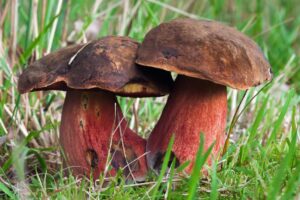
This is one of the deadly mushrooms that can be found in clearings in beech and other broadleaf forest.
Characteristically, they are large, light-colored pileus. It has minor digestive symptoms. It poisoning is precocious onset poisoning
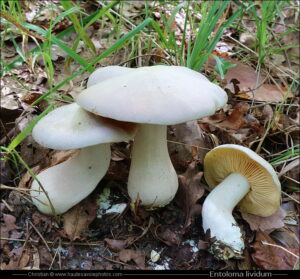
It can be found in oak, chestnut and beech forests. It has the following characteristics:
- Light gray or cream – colored pileus 10 to 15 cm in diameter.
- It has a thick cream lamellae
- It has no annulus or volva
- It has a flour – like odor.
Poisoning: As one of the deadly mushrooms, it is precocious onset poisoning coupled with digestive symptoms.
You can find detailed article on mushrooms benefits and side effects here

A graduate of Computer Science and Information Management Technology. Diploma – Caregiving, Certificates – Dementia and Diabetes Awareness and Management. A researcher, blogger, songwriter, singer and acoustic guitarist. Born in an environment where natural talents such as healing are imparted at our natural birth. This natural talents of healing is the result of our genetic inheritance and the training from family environment.

